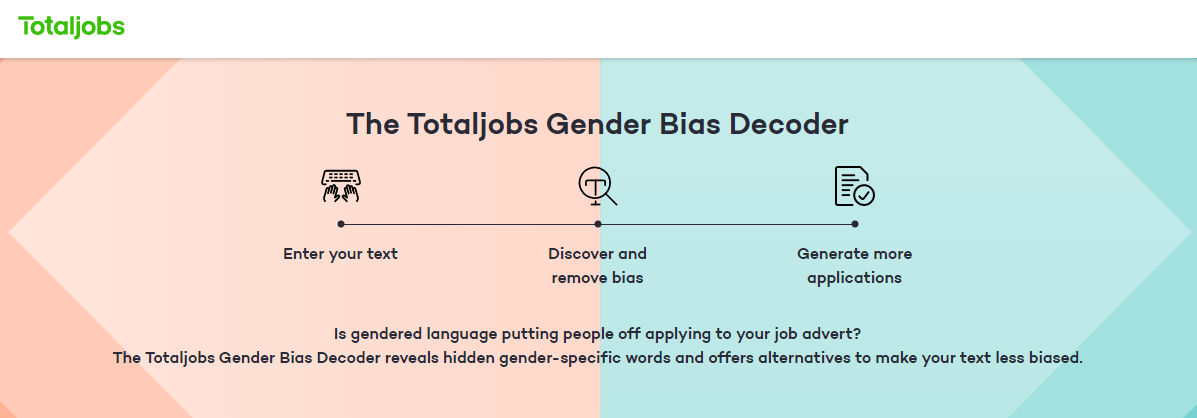Language is powerful, and it shapes the way we think, perceive and communicate with others. While we may not be aware of it, the language we use can perpetuate gender biases that are deeply embedded in our society. These biases can affect everything from hiring decisions to how we perceive leadership and teamwork.
One area where gender bias is particularly evident is in writing. Whether it’s in job postings, marketing materials, or everyday communication, gender-coded language can affect how people perceive the message and even discourage some from engaging with it.
For example, masculine-coded language in job postings has been shown to put women off applying for certain roles. Words such as “competitive,” “dominant,” and “ambitious” are often used in job descriptions for male-dominated fields, and can make the position seem less welcoming to women. In contrast, words such as “collaborative,” “compassionate,” and “supportive” are more commonly used in job postings for female-dominated fields, which can also reinforce gender stereotypes.
To address this issue, there are tools available that can help identify the gender-coded language in your writing. The Gender Bias Decoder is one such tool that can quickly analyze your writing and highlight any potential gender bias. The tool works by identifying masculine-coded or feminine-coded language and providing suggestions for more gender-neutral alternatives.
Using a gender bias decoder is a simple but effective way to address gender bias in your writing. It can help you to create more inclusive language that appeals to a wider audience, and ensure that your message is not unintentionally turning people away.
In addition to using gender bias decoders, it’s also important to be mindful of the language we use in our everyday communication. Here are some tips to keep in mind:
- Avoid using gendered language when it’s not necessary. For example, instead of saying “he or she,” use “they” or rephrase the sentence altogether.
- Be conscious of gender stereotypes and avoid perpetuating them. For example, don’t assume that all nurses are female or all engineers are male.
- Use gender-neutral job titles whenever possible. For example, use “firefighter” instead of “fireman” or “police officer” instead of “policeman.”
In conclusion, gender bias in writing is a subtle but significant issue that can have a big impact on how people perceive your message. By using gender bias decoders and being mindful of the language we use, we can create more inclusive communication that appeals to a wider audience and promotes gender equality.


